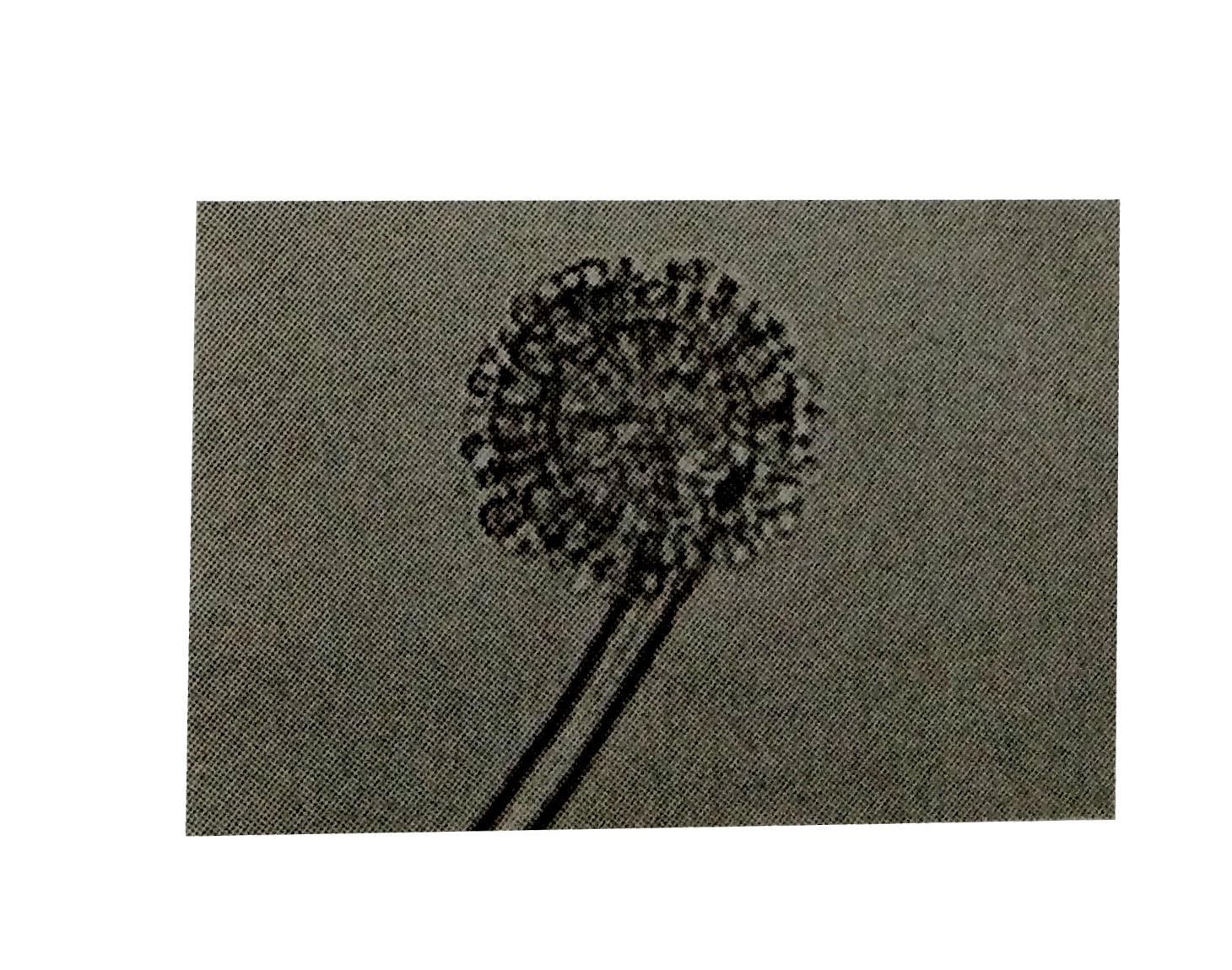All eukaryotic unicellular organisms belong to
Monera
Protista
Fungi
Bacteria
The correct Answer is:b
To solve the question "All eukaryotic unicellular organisms belong to," we will analyze the options provided and determine the correct classification.
1. Understanding Eukaryotic Organisms:
- Eukaryotic organisms are those that have a defined nucleus and membrane-bound organelles. This is a key characteristic that distinguishes them from prokaryotic organisms, which lack a defined nucleus.
2. Identifying Unicellular Organisms:
- Unicellular organisms are those that consist of a single cell. While there are both prokaryotic and eukaryotic unicellular organisms, we are specifically looking for eukaryotic ones.
3. Analyzing the Options:
- Option A: Monera: This kingdom includes prokaryotic organisms, such as bacteria, and is not relevant to eukaryotic unicellular organisms.
- Option B: Protista: This kingdom is primarily composed of eukaryotic unicellular organisms, such as protozoa and some algae. This is a strong candidate for our answer.
- Option C: Fungi: While fungi can include unicellular organisms (like yeast), they are primarily multicellular and are not classified under eukaryotic unicellular organisms as a whole.
- Option D: Bacteria: Like Monera, bacteria are prokaryotic and therefore do not fit the criteria of eukaryotic unicellular organisms.
4. Conclusion:
- Based on the analysis, all eukaryotic unicellular organisms belong to Option B: Protista. This kingdom is specifically known for its diverse group of unicellular eukaryotic organisms.
Final Answer:
All eukaryotic unicellular organisms belong to Option B: Protista.
- Eukaryotic organisms are those that have a defined nucleus and membrane-bound organelles. This is a key characteristic that distinguishes them from prokaryotic organisms, which lack a defined nucleus.
- Unicellular organisms are those that consist of a single cell. While there are both prokaryotic and eukaryotic unicellular organisms, we are specifically looking for eukaryotic ones.
- Option A: Monera: This kingdom includes prokaryotic organisms, such as bacteria, and is not relevant to eukaryotic unicellular organisms.
- Option B: Protista: This kingdom is primarily composed of eukaryotic unicellular organisms, such as protozoa and some algae. This is a strong candidate for our answer.
- Option C: Fungi: While fungi can include unicellular organisms (like yeast), they are primarily multicellular and are not classified under eukaryotic unicellular organisms as a whole.
- Option D: Bacteria: Like Monera, bacteria are prokaryotic and therefore do not fit the criteria of eukaryotic unicellular organisms.
- Based on the analysis, all eukaryotic unicellular organisms belong to Option B: Protista. This kingdom is specifically known for its diverse group of unicellular eukaryotic organisms.
All eukaryotic unicellular organisms belong to Option B: Protista.
Topper's Solved these Questions
- NCERT Exemplar Questions +1 (ANIMAL KINGDOM )BOOK - TRUEMEN BIOLOGY ENGLISHCHAPTER - NCERT Exemplar Questions +1 (ANIMAL KINGDOM )EXERCISE - MCQs
13 Videos
- NCERT Exemplar Questions +1 (BIOMOLECULES ) BOOK - TRUEMEN BIOLOGY ENGLISHCHAPTER - NCERT Exemplar Questions +1 (BIOMOLECULES ) EXERCISE - MCQs
14 Videos
Similar Questions
Knowledge Check
The given organism belongs to class
 APhycomycetesBBasidiomycetesCAscomycetesDDeuteromycetes.
APhycomycetesBBasidiomycetesCAscomycetesDDeuteromycetes.
The heterotrophic, eukaryotic, multicellular organism without cell wall is included in the kingdom
View SolutionUnicellular organism are capable of
View SolutionAll protists are unicellular.
View SolutionName two sexually reproducing unicellular organisms.
View SolutionTwo kingdom system did not distinguish between the eukaryotes and prokaryotes, unicellular and multicelllular organisms and photosynthetic (Autotrophs) and non-photosynthetic (Heterotrophs) Organisms. These are demerits of two kingdom system. (True/False)
View SolutionCan you consider cell division as a type of reproduction in unicellular organism? Give one reason.
View SolutionAll eukaryotic cells are not identical
View Solution
